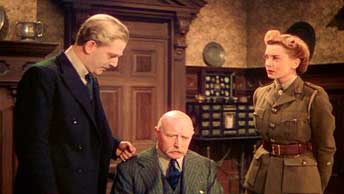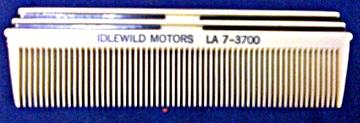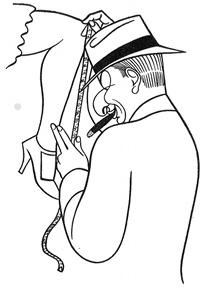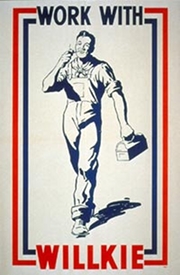 If you live in NYC or have plans to be here in the next two weeks, you owe it to yourself to pay a visit to Film Forum for a screening of the fully restored Technicolor marvel The Life and Death of Colonel Blimp.
If you live in NYC or have plans to be here in the next two weeks, you owe it to yourself to pay a visit to Film Forum for a screening of the fully restored Technicolor marvel The Life and Death of Colonel Blimp.
Blimp, which stars Deborah Kerr and Roger Livesey, ranks as one of the best pictures ever turned out by the team of Michael Powell and Emeric Pressburger, and given the stellar lineup of movies they were responsible for—The Red Shoes, Black Narcissus, A Matter of Life and Death, among many others—that’s saying something.
In fact, it’s one of the greatest pictures ever made in Great Britain. Film critic Andrew Sarris wrote of the picture, “When I first saw the badly butchered American release version of Colonel Blimp more than 40 years ago, I never imagined I’d live to see the day when I would have the effrontery to write that I preferred it to Citizen Kane.”
We’d hate to have to choose between Blimp and Kane, but you get the point. Blimp is a must-see.







